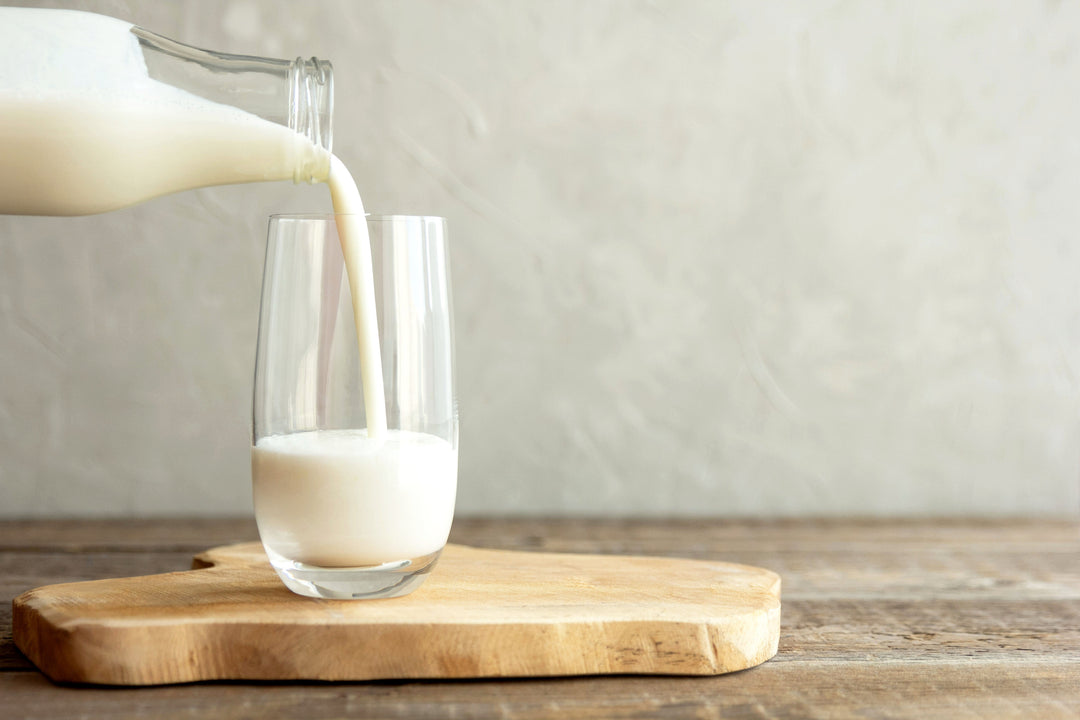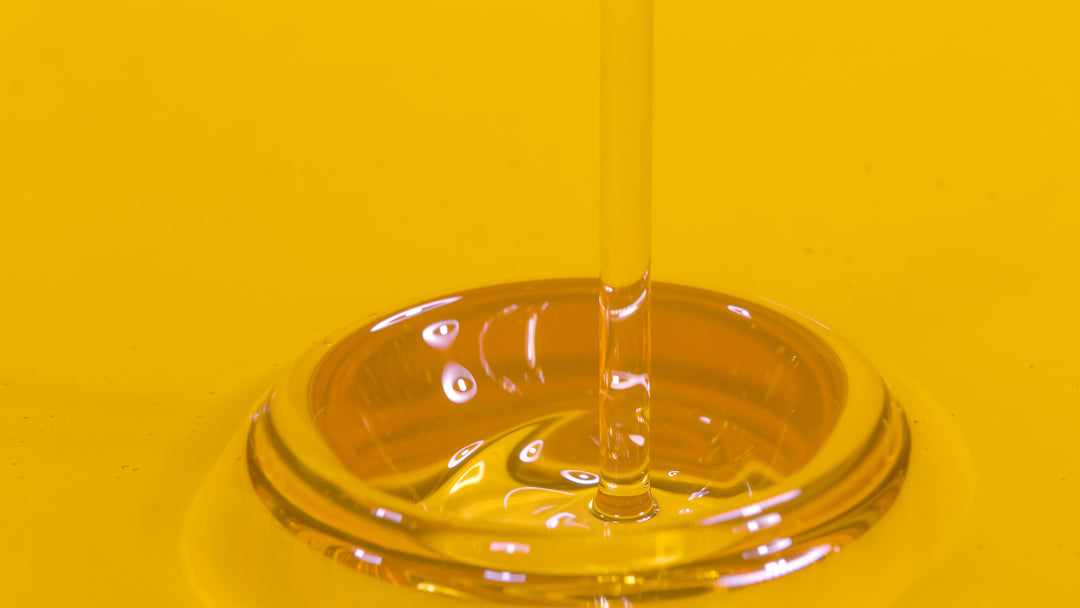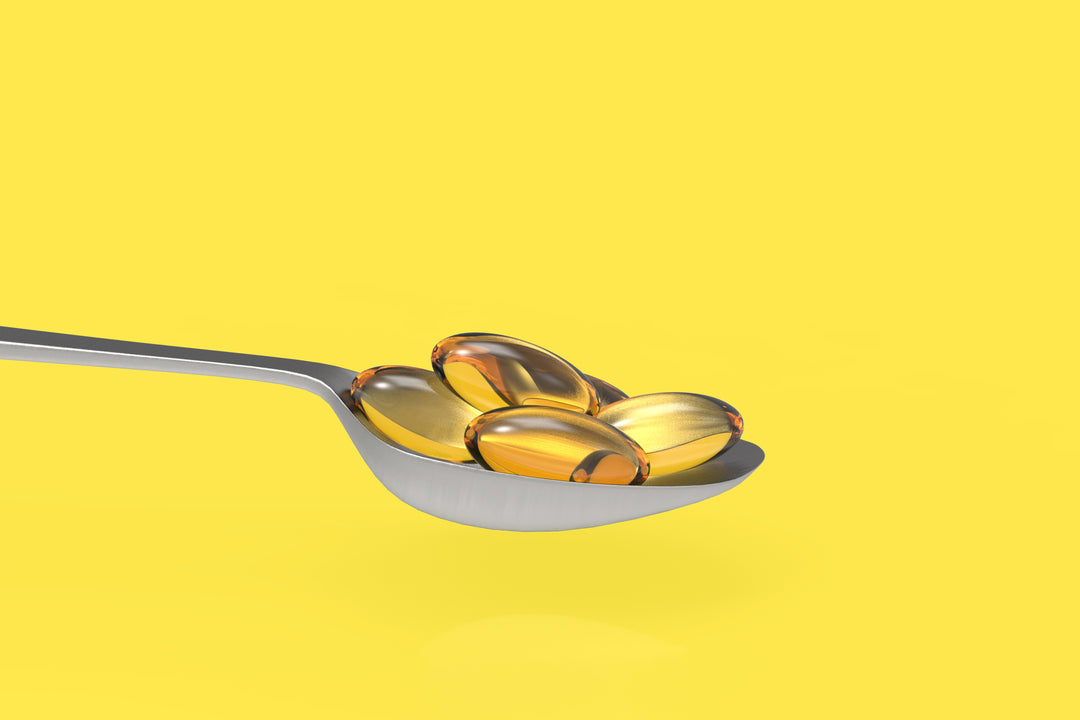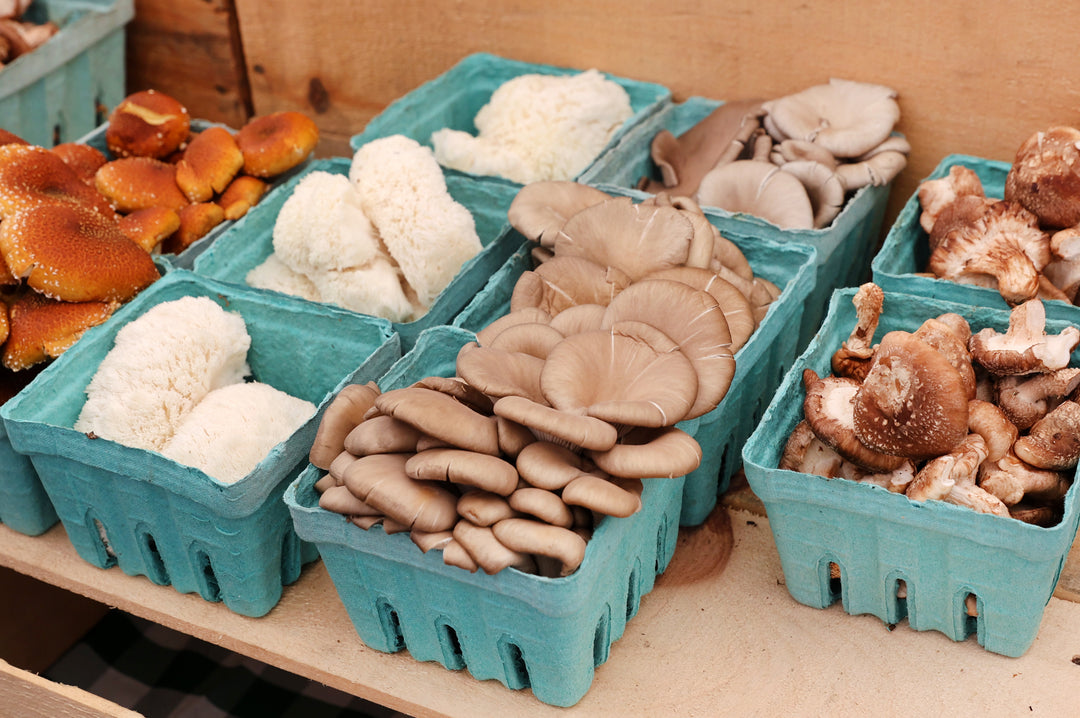Can Chaga Be Harmful?
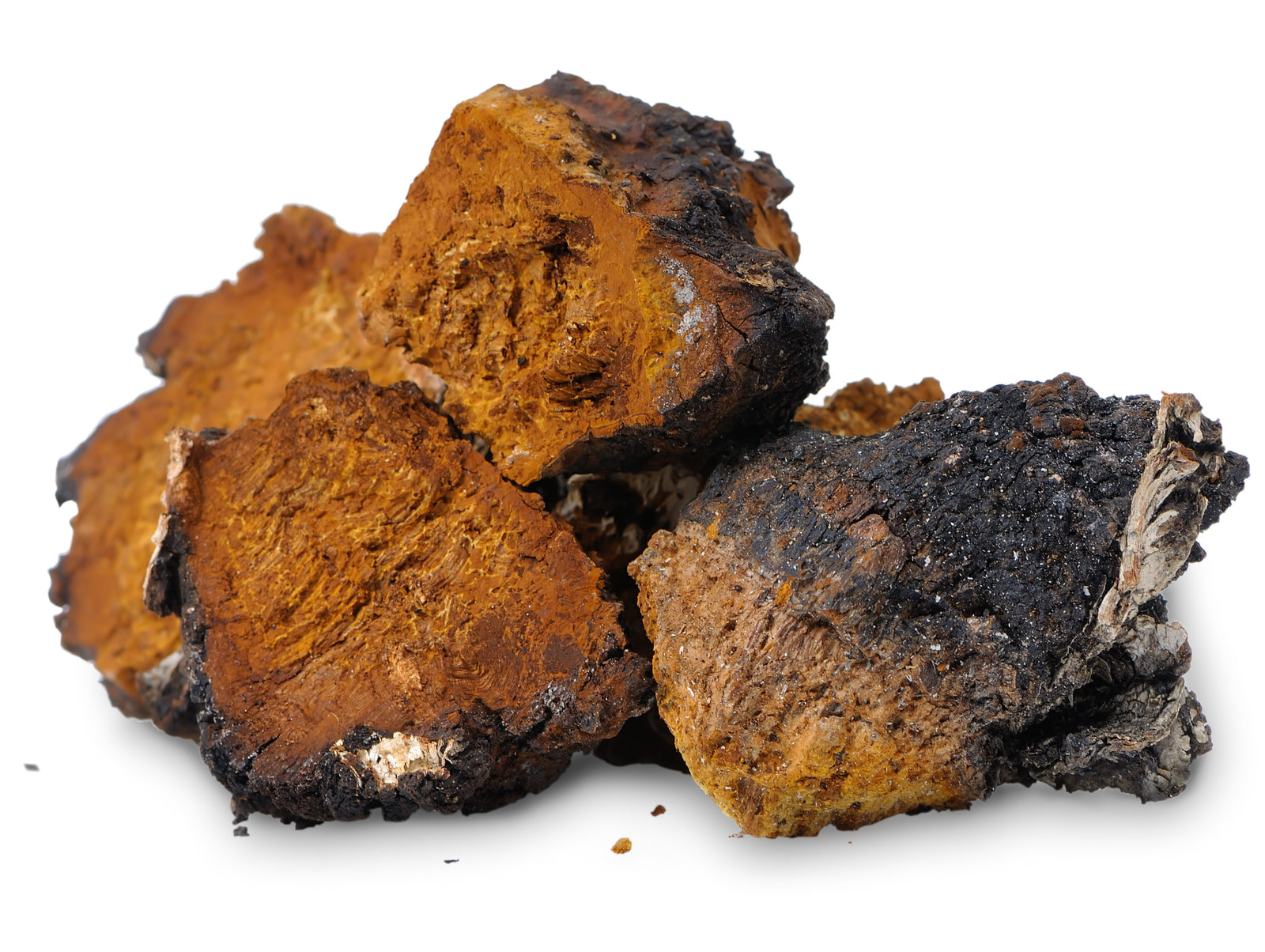
Chaga mushrooms may have an unappetising appearance, but don’t let that fool you into thinking they are unable to deliver impressive health benefits. With the popularity and knowledge of mushrooms increasing in recent years, you’ll no doubt begin to find mushroom tea or latte popping up in your favourite coffee house menu. But what exactly can you expect to see from chaga, and how do they work at benefiting and improving your health and wellbeing? Can you have too much of a good thing? Can chaga be harmful?
Let’s dive in and find out more about these trending mushrooms, before you get stuck into today’s topic, however, let’s have a quick refresher on what chaga mushrooms are and their health benefits.
What are chaga mushrooms?
- Chaga mushroom, also known as Inonotus Obliquus, is found to grow on birch trees in colder climates, mainly in northern parts of Europe, Russia, Korea, Alaska, and Northern Canada.
- Chaga has the appearance that resembles charcoal on the outside, while the inside is a bright, vibrant orange colour.
- Chaga mushrooms have been used for centuries to help boost immunity and improve overall health as it is packed with antioxidants that help to protect the body from exposure to harmful environmental factors.
- Chaga can ward off the signs of oxidised stress, resulting in fine lines, wrinkles, and loss of elasticity are significantly improved.
- You’ll often find chaga comes in powder form and is brewed into herbal tea. It is known that submerging chaga in warm and cold water will release its medial properties in the quickest way.
- You will also find chaga is available in capsule form that many find the easiest way to include the mushrooms into their daily routine.
- Other benefits of chaga are thought to be used to treat diabetes and heart disease.
- Can reduce inflammations of certain conditions such as rheumatoid arthritis.
Who shouldn’t take chaga?
Much like all other supplements, there are some side effects and limitations for some people who shouldn’t take chaga. Before using any supplement, even those considered the most natural and healthy, you must always seek the advice of a doctor.
The main danger of taking chaga is the fact it lowers the blood sugar levels; this is very dangerous for those taking insulin and other blood sugar-lowering medications. To reduce the risk of chaga having negative effects, here are some examples of how to use chaga without the unwanted side effects.
- Always ensure you continue to take your prescribed medications and not substitute them for chaga.
- Ensure you have checked with a doctor before introducing chaga as some medicines will be disrupted by the mushrooms.
- Avoid taking other herbal supplements when having chaga unless you consult with a doctor or medical professional.
- Always ensure you are buying your products and supplements from trustworthy stores and venders. This will guarantee you have the most potent blend of mushrooms.
There are some examples of how to safely use chaga in your everyday routine, remembering to check you are safe to do so with the help and advice from your GP and medical professional.
Does chaga raise blood pressure?
Yes, it does, this is because it is able to reduce inflammation that is often caused by oxidised stress which is one main factor of increased blood pressure. Chaga mushrooms contain vast amounts of antioxidant properties meaning it can combat inflammation helping to lower blood pressure.
As effective as this can be at lowering blood pressure, there is a risk of chaga interfering with blood sugar levels too. This is known for having a negative impact on those who need to take daily insulin, therefore should avoid taking chaga all together. There is still some research lacking about the long-lasting results of taking these mushrooms and how they affect such conditions as diabetes.
What does bad chaga look like?
We have already covered how the appearance of chaga can often be mistaken for a lump of charcoal, but what you will find that its centre is very soft and suspectable to going off once it is harvested from the bark of a birch tree. For chaga to remain usable and safe to consume it must be dried and stored correctly, when done chaga can have a shelf-life of 2 years. As for tea and coffee products, these tend to have a shorter shelf life, so ensure you keep these stored correctly. To avoid mould from growing in chaga you must ensure the mushrooms are kept in a dry, airtight container that can avoid encountering any moisture. You’ll often find these organisms can lay dormant for a considerable amount of time and if the chaga is exposed to them, it will go off in 10 days.
The way it is harvested plays a role in ensuring it stays as fresh and sterile as possible. The birch tree must still be living when harvesting takes place, however dead trees are often mistaken to still be alive. The best way of determining is to make a note of these examples of how you can tell if a tree is dead.
- It will have no buds or leaves the whole year round
- Large branches are rotten and breaking off the tree
- It is covered in many different types of mushrooms
- It feels less solid
Of course, this information is handy for those who are regulars at harvesting mushrooms. It is very important you do not forage for mushrooms without the advice and guidance from a professional.
Does chaga make you tired?
Not really, in fact, they can do the opposite. This is because chaga are part of a group called adaptogens which are known for helping to calm the stress and nervous system during overwhelming situations. They are also able to give you an energy boost making chaga tea a beneficial drink to have in the mornings as a great alternative to your morning coffee.
There you have a little more information about chaga and whether it can be harmful. Remember to always consult with a doctor or medical professional to ensure you are taking these supplements in the safest, most effective way. If you have any more questions about chaga, come, and follow us on Instagram.








